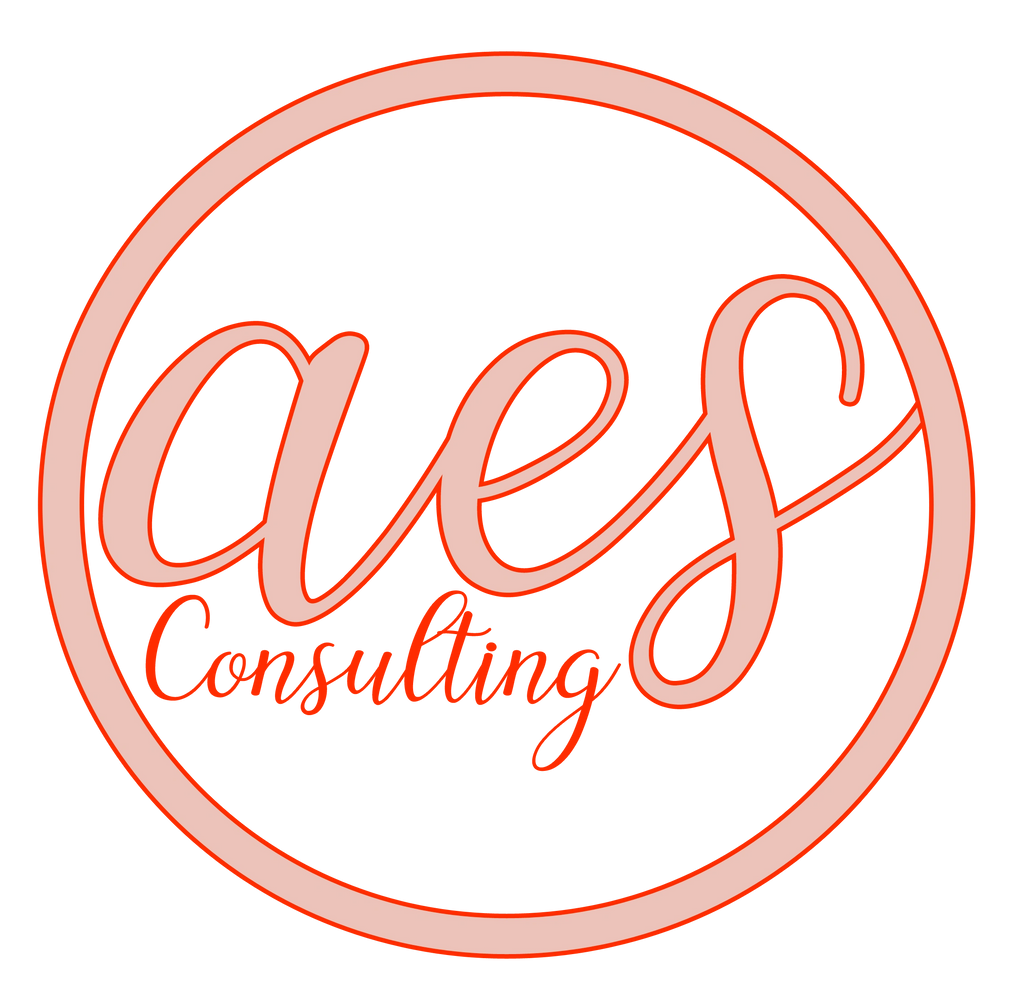
If you have ever wondered what iOS development is, you are not alone. You're not alone if you're curious about Xcode, Objective-C, Swift, or Core Data. iOS developers are just as passionate as any other developer about their craft. They are often out of the house a lot more than their competitors and, while they are obsessed with technology, they never lose sight of design and the user's experience.
Xcode
Xcode is Apple's integrated development environment (IDE), which allows developers to write code in Swift and compile their applications. Although it is primarily designed for iOS development, Xcode can also be used for other languages. It is extremely versatile. Users can use it to write code and design user interfaces, and even submit them to Apple's AppStore marketplaces.
You'll need a Mac running at least 2GB RAM and 30GB of hard drive space. Also, you'll need 128MB of video memory. A valid Apple ID is also required. Next, go to the Dock and navigate to the AppStore application icon. Click Xcode at the top-right corner.
Objective-C
Objective-C is a programming language that allows you to create iOS apps. It is a descendant of the C language and can benefit from the extensive C++ libraries. Unlike Swift, which is not directly interoperable with C, Objective-C can use C libraries, such as the Swift library. It comes with XCode, an IDE that is widely used to develop iOS and OS X applications. This IDE includes all of the tools needed to build fast, performant apps.

Objective-C can be described as an object-oriented programming system. It has two main files, the interface and the implementation. The interface files include a class definition while the implementation files contains the actual class code. This file contains code that creates, stores and accesses objects. For example, the class Color might have the instance method -changeColorToRed:green:blue. Unlike Swift, however, Objective-C uses pointers to protect against security vulnerabilities. Pointers can be handy, but they can also create problems for developers.
Swift
iOS Development with Swift is an in-depth guide to creating iOS apps using Swift programming language. It covers everything about Swift and walks you through how to create an app. As a developer, it will be an invaluable resource for anyone interested in developing apps on the iOS platform. The detailed examples of the author make it easy for you to master Swift.
Swift is a modern cross-platform programming language that works on Apple iOS as well as Linux. It is powered by the LLVM compiler technology, which allows it to run at high speeds. This means you can create your apps faster with less code.
Core Data
Core Data is a framework that can help you learn how to use it in your iOS project. The framework includes many components that work together to provide an individual data storage solution. This course will teach you how to use advanced fetch queries and all types of fetching.
Core Data can be implemented using a managed model object (MOM). This means that entities can have attributes that are mapped into your code. Each entity may have several attributes like name, position and salary.

Project management
It can be difficult to manage a project in iOS development. Many small teams may fall back on pen and paper to keep track of the project. While this is a quick, elastic solution, it has its drawbacks. In the end, you'll have a mess of documents pertaining to several different versions of your iOS application. This is not the best solution for team management.
Wrike, a cloud-based platform that facilitates project management, is a good choice. Wrike makes it easy to collaborate on your projects and allows for real-time reporting. Wrike is also compatible with other platforms. This makes it easy for teams to collaborate in real time.
FAQ
How long does it take for a consultant to be established?
Depending on your industry and background, the time required will vary. Most people start out with a few months before they find work.
Some consultants, however, spend many years perfecting their skills before they find work.
What's the difference between an advisor and a consultant?
An advisor provides information about a topic. A consultant provides solutions to problems.
A consultant works directly with clients to help them achieve their goals. The advisor provides indirect advice through books, magazines lectures, seminars, and the like.
What qualifications does a consultant need?
It's not enough just to have an MBA degree; you must also demonstrate experience working as a business consultant. A minimum of two years' experience in consulting, training and/or advising a major company is necessary.
You should have had experience working with senior management to create strategy. This requires you to feel confident presenting ideas to clients, and getting buy-in.
A professional qualification exam like the Certified Management Consultant (CMC), Chartered Management Institute, is required.
Statistics
- On average, your program increases the sales team's performance by 33%. (consultingsuccess.com)
- "From there, I told them my rates were going up 25%, this is the new hourly rate, and every single one of them said 'done, fine.' (nerdwallet.com)
- Over 50% of consultants get their first consulting client through a referral from their network. (consultingsuccess.com)
- So, if you help your clients increase their sales by 33%, then use a word like “revolution” instead of “increase.” (consultingsuccess.com)
- According to statistics from the ONS, the UK has around 300,000 consultants, of which around 63,000 professionals work as management consultants. (consultancy.uk)
External Links
How To
What Does A Typical Day For A Consultant Look Like?
Depending on what type of work you do, your typical day may vary. However, the majority of your day will consist of research and planning, meeting clients and preparing reports.
You'll often have meetings with clients where you can discuss issues and solve problems. These meetings can be held over the telephone, online or face-to face.
Sometimes, you may be asked to create proposals. These are documents that outline your ideas and plans for clients. Before presenting these proposals to clients, you will usually need to discuss them with a colleague or mentor.
You will need to create content after all your planning and preparation. Writing articles, designing websites, editing photos or conducting interviews are just some of the options.
It depends on the project's scope, you might need to do some research to collect relevant statistics. For instance, you might want to find out how many people you have and if they are buying more than just one product or service.
After gathering enough information, you can present your findings to clients. You can either present your findings in writing or orally.
After your initial consultation with clients, you need to keep in touch. For example, you could call your clients periodically to check how things are going. Or send them emails asking them to confirm they have received the proposal.
While this can be a slow process, it's essential to remain focused and maintain good working relationships with clients.